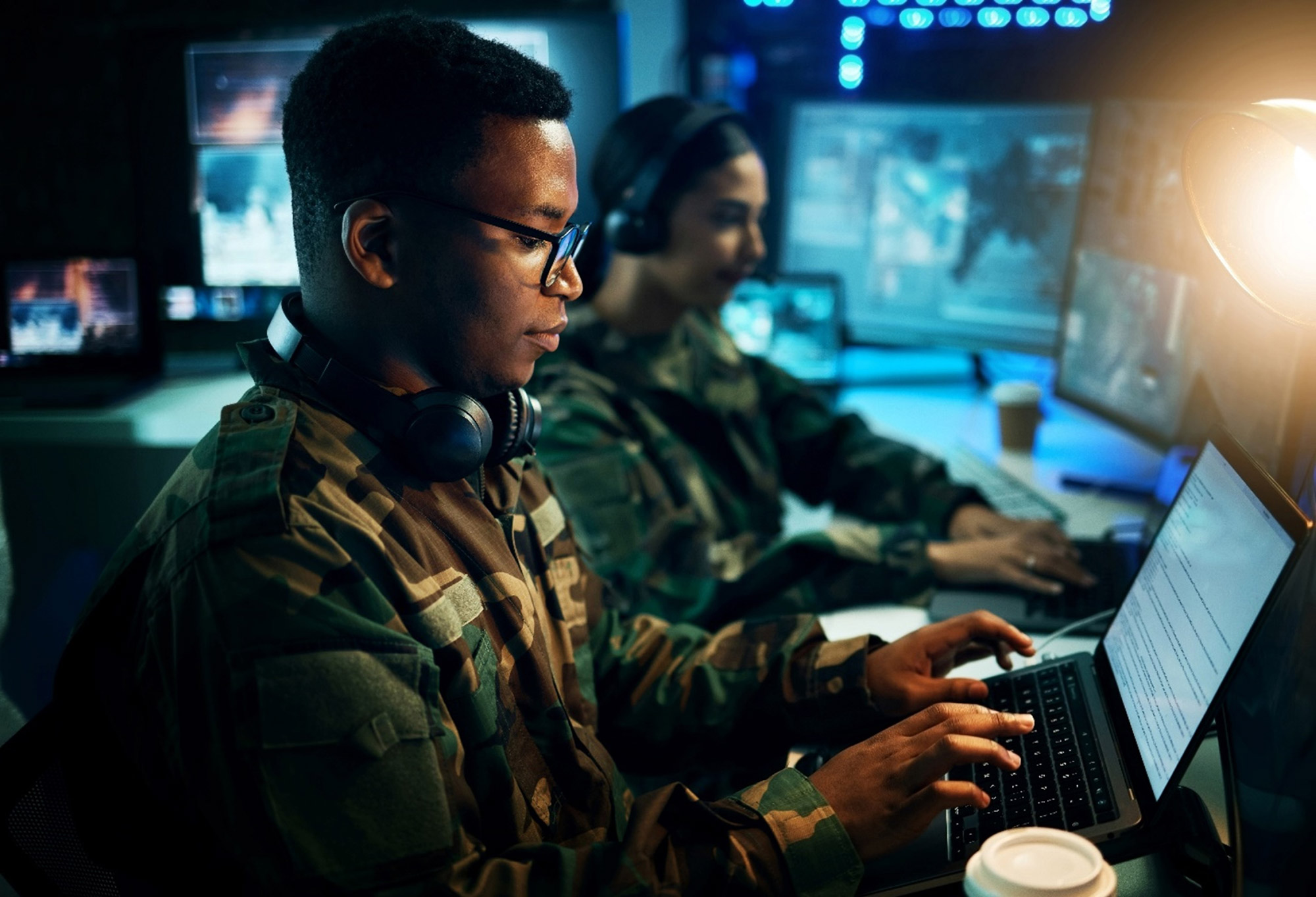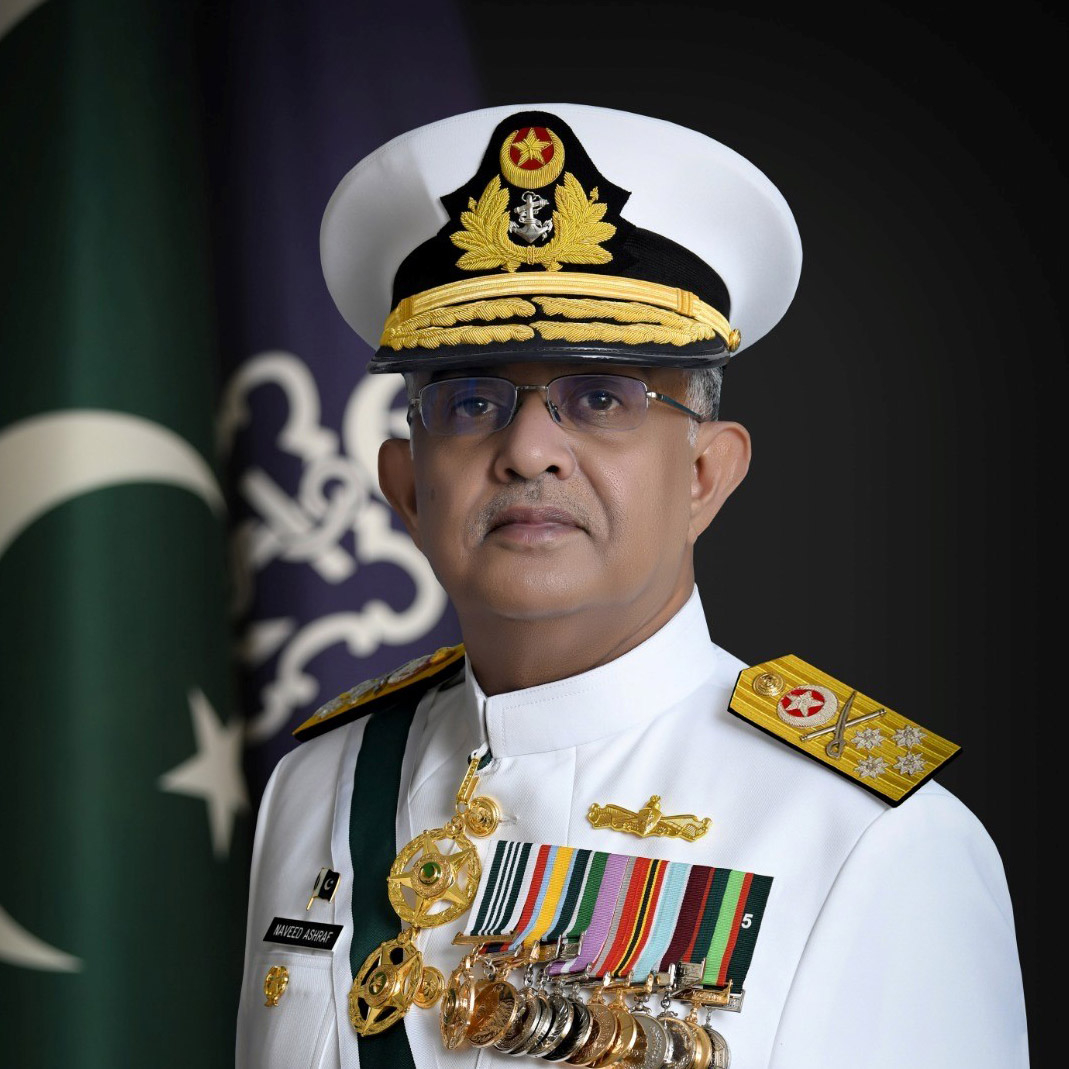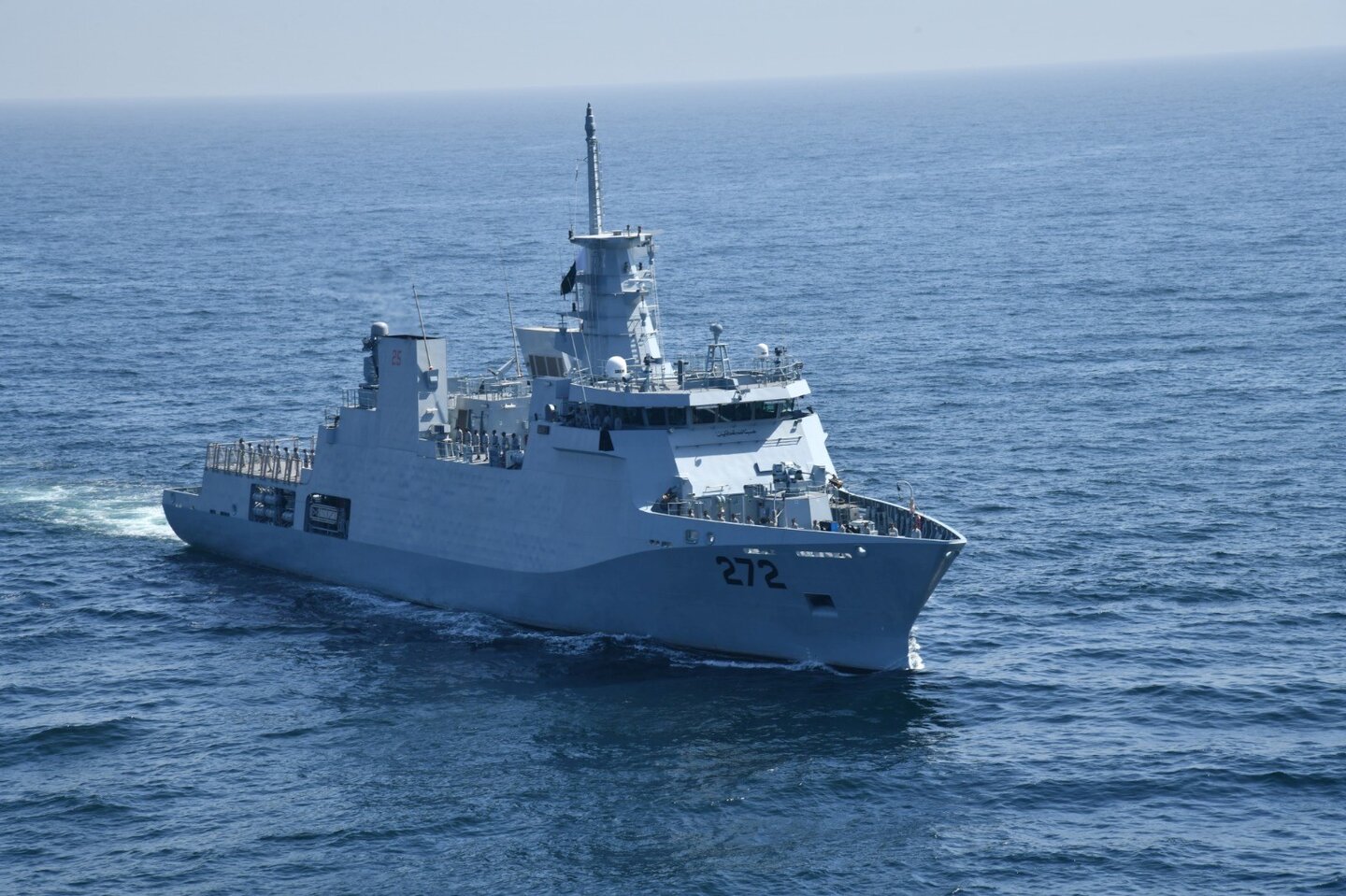Interview
AMAN Dialogue: in conversation with Pakistan’s CNS
Pakistan’s Chief of Naval Staff, Admiral Naveed Ashraf, is in discussion with John Hill on the AMAN Dialogue and naval modernisation plans.

Analysing the vast quantities of data delivered in the modern battlespace can be demanding. Credit: Peoplemages.com-YuriA / Shutterstock

Pakistan’s Chief of Naval Staff, Admiral Naveed Ashraf
Naval forces from around the world are gearing up for AMAN 2025, a multilateral exercise in the Arabian Sea hosted by the Pakistan Navy every two years, as well as the AMAN Dialogue onshore in Karachi.

Marko Kaseleht, Co-founder of SensusQ
These two events serve as an instrument for closer maritime cooperation. Pakistan’s Chief of Naval Staff (CNS), Admiral Naveed Ashraf, spoke to Global Defence Technology to discuss the principles underlying this joint effort for regional and global security.
Pakistan is positioning itself as a maritime player – not only as a leader of maritime security, but also in the defence industry as the country looks to expand its capabilities.
John Hill: What areas of modernisation will the Pakistan Navy focus on developing for a new era of strategic competition over the next decade or two?
Chief of Naval Staff: Indigenisation and modernisation of the Pakistan Navy is an important cardinal of my vision.
Our development strategy is based on ‘progressive capability enhancement’ to create a balanced, potent, and combat ready force to deal with the evolving threats through acquisition of force multipliers, indigenous, and innovative technical solutions.
We have been focusing on the induction of modern platforms, force multipliers, indigenisation, and maintaining diversified options to mitigate external dependencies. At the same time, we believe in making best use of available resources. Recently, we have inducted Type 054 A/P frigates from China, offshore patrol vessels Batch-I and Batch-II from Romania, and MILGEM-class corvette from Türkiye.

Credit: Pakistan Navy
These platforms with the latest weapons and sensors will be a significant addition to the Pakistan Navy’s existing capabilities to effectively deal with today’s complex multi-threat environment. The Navy is in the process of inducting the remaining MILGEM-class ships as two of these vessels are being constructed indigenously at Pakistan (KS&EW).
Based on experience gained during the construction of MILGEM-class ships, the Pakistan Navy is planning to build Jinnah-class frigates.
John Hill: What is the purpose of the AMAN Exercise and AMAN Dialogue?
Chief of Naval Staff: The main objective of AMAN is to foster regional cooperation for maintenance of good order at sea, improving interoperability, share experiences, understand each other, and exhibit united resolve against terrorism and organised crimes in the maritime domain.
The Pakistan Navy is fully prepared and geared up to conduct AMAN-25 with enhanced participation of friendly countries in a professional and befitting manner.
Exercise AMAN has come a long way from its inception in 2007 wherein 28 countries participated. I may mention that a previous edition of the exercise, held in February 2023, witnessed the participation from 50 countries across the globe.
Keeping the same spirit, we are hopeful that this edition will also mark a distinctive chapter in history of AMAN exercises with enhanced participation of friendly countries.
Moreover, we are also looking forward to a healthy participation of Chiefs of Navies, Coast Guards, and Defence Forces during the AMAN Dialogue. All major Pakistan Navy combatants – air arms and marine elements – will participate in the exercise.
John Hill: Can you lay out the Pakistan Navy’s stance on collaborative maritime security?
Chief of Naval Staff: The Pakistan Navy has a long and successful tradition in cooperating with international partners. We believe that the magnitude and diversity of threats and challenges in our region is such that no country has the wherewithal to tackle them alone.
Therefore, collaborative maritime security has become an imperative for ensuring maritime security in the region. Our key principle is to keep the maritime environment safe against non-traditional threats and effectively contribute towards safety and security of vital sea lanes in the Arabian Sea, to our best abilities, despite being a moderate navy.
There is no second opinion on the fact that intensifying naval cooperation with other navies will help ensure maritime security in the Arabian Sea and adjacent regions.
Pakistan Navy contributions in the Combined Task Force (CTF)-150, CTF-151, conduct of Regional Maritime Security Patrols, and regular participation in bi/tri-lateral events such as Exercise AMAN, AMAN Dialogue, all point in the same direction.
The Grayburn programme is a big one. It’s the SA80 replacement and will be a once-in-a-generation opportunity for small arms manufacturers.
James Marques, defence analyst at GlobalData
Caption. Credit:
Total annual production
Australia could be one of the main beneficiaries of this dramatic increase in demand, where private companies and local governments alike are eager to expand the country’s nascent rare earths production. In 2021, Australia produced the fourth-most rare earths in the world. It’s total annual production of 19,958 tonnes remains significantly less than the mammoth 152,407 tonnes produced by China, but a dramatic improvement over the 1,995 tonnes produced domestically in 2011.
The dominance of China in the rare earths space has also encouraged other countries, notably the US, to look further afield for rare earth deposits to diversify their supply of the increasingly vital minerals. With the US eager to ringfence rare earth production within its allies as part of the Inflation Reduction Act, including potentially allowing the Department of Defense to invest in Australian rare earths, there could be an unexpected windfall for Australian rare earths producers.
